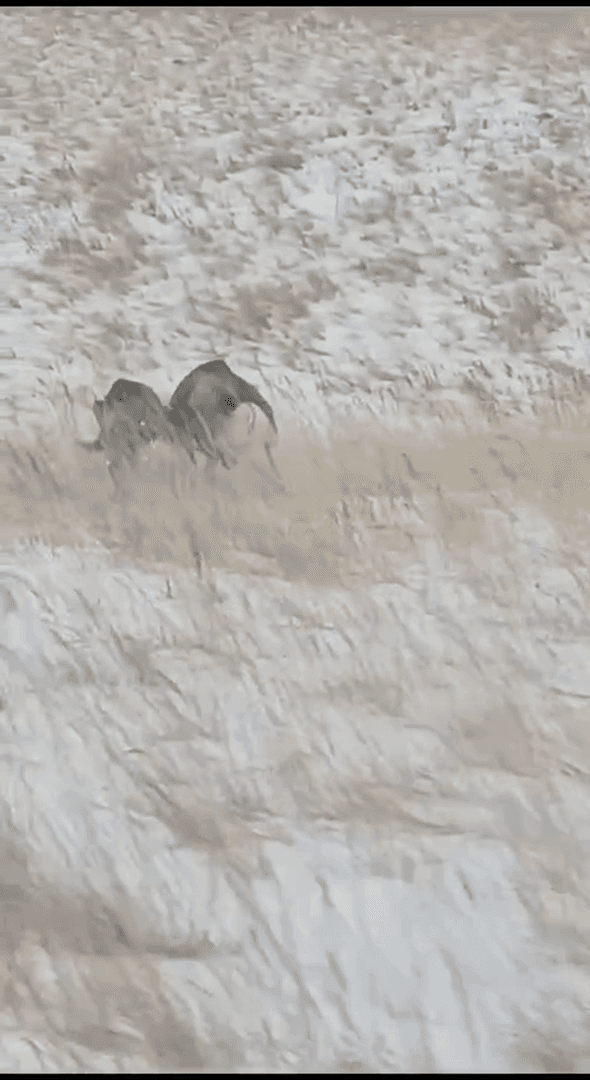
Oliphant (Hunting Horn) Hunting horns of this type, carved from elephant ivory (hence the name oliphant), were made by Muslim craftsmen in southern Italy and Sicily for export throughout Europe.
Post: 17 October 13:15

Post: 17 October 13:15

Post: 18 September 09:01

Post: 10 April 18:34

Post: 8 January 17:58

Post: 13 May 18:44

Post: 6 August 13:22

Post: 25 October 13:20
Post: 3 November 13:48

Post: 20 July 17:22

Post: 21 November 09:29

Post: 13 March 10:17

Post: 26 January 10:24

Post: 23 January 09:40

Post: 25 December 17:19

Post: 4 October 18:18

Post: 29 June 17:03

Post: 21 March 10:31

Post: 27 August 13:20

Post: 26 August 13:53

Post: 4 November 10:14

Post: 5 September 19:09

Post: 28 August 13:01

Post: 28 August 12:59

Post: 28 August 10:44

Post: 27 August 15:10

Post: 27 August 13:21

Post: 26 August 14:12

Post: 4 September 15:23

Post: 27 August 14:58

Post: 27 August 14:57

Post: 27 August 13:39

Post: 26 August 14:47

Post: 13 January 17:22

Post: 20 September 10:17

Post: 17 June 09:15

Post: 31 January 11:01

Post: 6 July 09:28

Post: 3 March 21:50

Post: 16 May 17:16

Post: 31 October 12:08

Post: 18 February 21:46

Post: 29 July 19:14

Post: 1 November 09:33

Post: 5 September 20:46

Post: 3 September 11:24

Post: 30 July 19:08

Post: 26 June 06:31

Post: 23 December 22:06

Post: 10 November 14:55

Post: 24 March 21:11